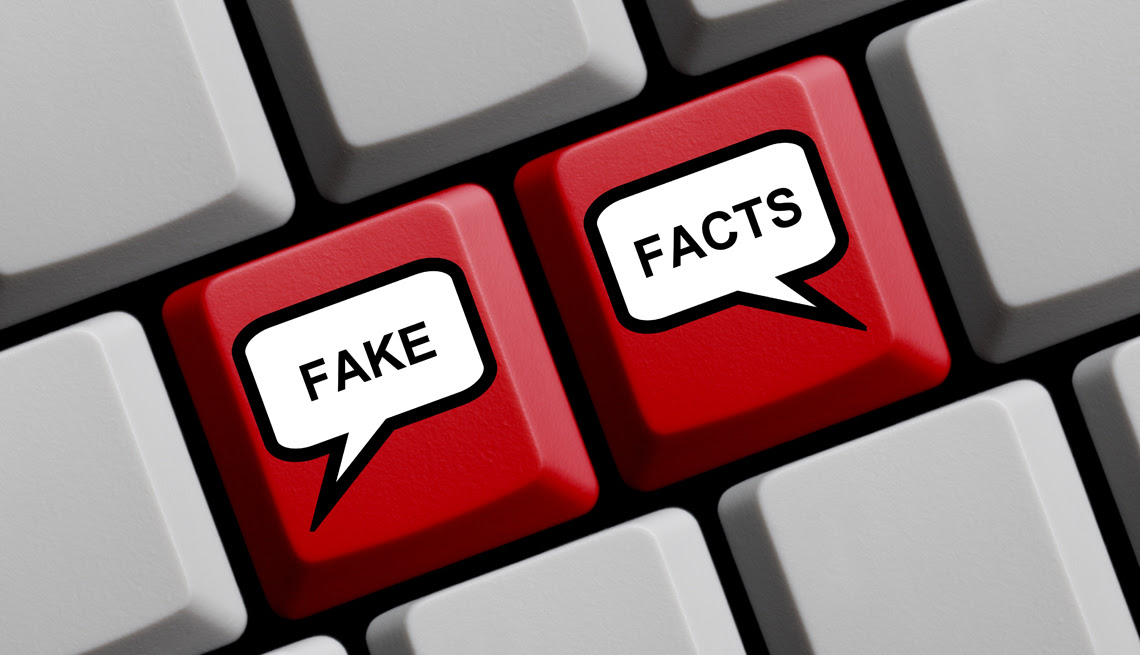The Savvy Retiree Digest
Archives
How to Discover Fake News in the Age of AI
SIGN UP FOR OUR NEWSLETTER
How to Discover Fake News in the Age of AI |
Essential strategies to identify and combat misinformation |
In today's digital landscape, the proliferation of fake news has become a significant concern, especially with the advent of AI-generated content.
Understanding how to discover fake news is crucial to maintaining an informed and discerning public.
One effective method is to be cautious of grainy or blurry videos.
While such quality might suggest manipulation, it's essential to remember that not all low-quality videos are deepfakes.
However, the rise of deepfakes has led to increased skepticism about the authenticity of real videos.
Familiarizing yourself with the production techniques of deepfakes can help you notice subtle anomalies.
For instance, platforms like Detect Fakes offer interactive experiences where users can test their ability to distinguish between real and fabricated images, enhancing their detection skills.
Another red flag is the presence of screenshots without accompanying links.
Malicious actors often circulate doctored screenshots of reputable news sites.
If you encounter such screenshots, always seek out the original story to verify its authenticity.
Utilizing reverse image search tools can also be invaluable.
By uploading an image to services like Google Images or TinEye, you can trace its origin and determine if it has been manipulated or taken out of context.
Staying informed about recent incidents can also bolster your defenses against misinformation.
For example, in 2024, Russian actors produced a fake video depicting mail-in ballots for Trump being destroyed, aiming to undermine trust in the electoral process.
Similarly, the FBI has warned about malicious actors using AI to impersonate senior U.S. officials through text and AI-generated voice messages, attempting to gain unauthorized access to personal accounts.
To further protect yourself, always verify the origin of information.
If you come across content from unfamiliar sources, conduct a quick search to assess their credibility.
Additionally, consult other search tools that provide context about your query, including its source.
In times of breaking news, practice patience.
Information can evolve rapidly, and initial reports may lack accuracy.
Waiting for more reliable updates can prevent the spread of misinformation.
Finally, always ask yourself three critical questions: Who is behind the information? What’s the evidence? What are other sources saying?
By consistently applying these strategies, you can effectively discover fake news and contribute to a more informed society. |

